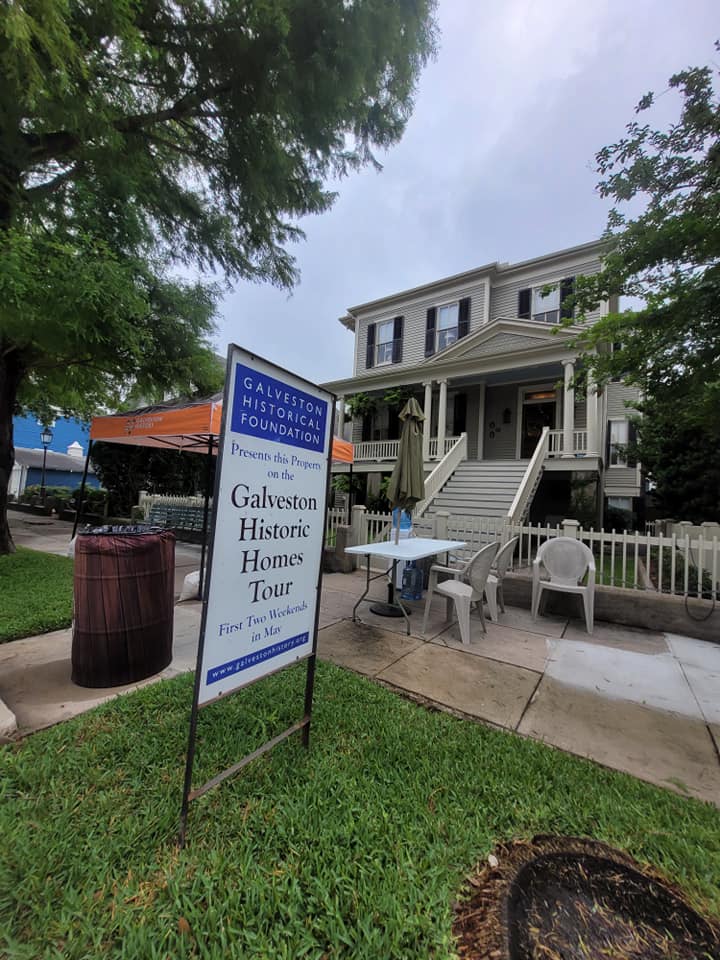
The 49th Annual Galveston Historic Homes Tour has wrapped up. Unfortunately, due to the inclement weather, we had to end it at three in the afternoon instead of at six, the usual time. I know there were a few disappointed souls out there, but when the streets flood, it may not be a good idea to let wet booties or bare feet walk through a house. Overall, the tour went well, but it did have its moments. As I wrote last week, I volunteered at the Edmund and Lorena Toebelman House. The morning was nice and cool, and we had a steady stream of people. I was a porch docent by choice. We didn’t have any issues other than the fact that the group had to wait a few minutes after I spoke because of the house’s layout. We didn’t want a traffic jam from the staircase to the living room. Everyone was fine with that, and the wait was worth it, in my opinion. It’s a beautiful house, and the woodwork is amazing.
Kudos to my fellow volunteers who, unlike me, usually volunteer on Mother’s Day. I have done so a couple of times, but the outside chairperson told me this was his 20th year. Generally, on Mother’s Day, it’s hard to get people to volunteer, and that’s why I did it and probably will do it next year. A little insight into the 50th anniversary: the Galveston Historical Foundation is planning something special, so follow them for updates as we get close. As far as I am concerned, despite the tiring drive, it is worth it. If you’re interested in volunteering, I’ll leave a link at the bottom of this blog post.
Unfortunately, I’ve lost another friend and fellow Jefferson County history lover. Archie Wallace was a client of mine, but we would end up reminiscing about Port Arthur, the interurban, those rich people in Griffing Park, our mutual friend Roy Temple, and Port Arthur Mayor Bernis Sadler’s annexing quests. When asked how the city would pick up the offshore rig’s garbage, Bernis said, “Just leave it on the curb; we’ll pick it up.”
Archie was one of the few people I asked about their life during World War II. He was a child then, and the main thing he remembered was the sugar rationing; also, he had no idea where Pearl Harbor was. I’m sure those rich folks in Griffing Park had encyclopedias, but I digress. In his younger years, he worked on the streets in Griffing Park, so he knew the answer to my question. Back in 2015, I found a photo in the Beaumont Enterprise, taken where it is now, 32nd Street and Twin City Highway. It was a then-and-now photo. The first was taken in 1929, while the second was from 1959. It was nothing special, but it did show that looking south in 1929, you saw nothing, and the road curved to the right instead of making a 90-degree angle like it does today. In 1959, you could see the newly constructed auditorium and gymnasium in the background. Again, there were no trees, and the road curved to the right. If you stand at the stoplight on 32nd today, you don’t see the school, but if you glance to your right, you notice a street leading into Griffing Park that was blocked off by a barrier long ago. Since 32nd Street runs west to east, and Twin City Highway runs north to south, you really couldn’t have a fifth road there. Hell, most drivers in Port Arthur can’t figure out a four-way stop.
I will state that the roads in Griffing Park are different for a reason. Another client/history lover who has since passed told me they are the way they are because this area was a nursery and you can’t turn a wagon at a 90-degree angle. Mrs. Thibadeaux was full of information, and I loved our conversations. I haven’t been to Rose Hill Manor in a while, but the dolls on the second floor were hers. She was also a friend of my neighbor Roy Temple and his wife.
Archie also mentioned trips to the company store on Saturdays. Whether it was Texaco or Gulf, most people did this. I know my grandfather did. Unlike nowadays, it seems that Saturday morning was the day back then—now I’m in HEB five days a week. I remember my father going to Howard’s Grocery every Saturday morning. Howard Hatfield made sure there was more stuff to buy in the 1970s than in the ‘30s, and we appreciated this. JPOTS (Just Part of the Store) was much better than Howard E. Butt’s flaming bird! I remember how excited we got in the ‘70s about the National Football League stickers on the loaves of bread. Unfortunately, it was usually a Seattle Seahawks or a Kansas City Chiefs sticker that no one cared about, but we still stuck it on our school books. The Houston Oiler sticker was nonexistent as far as I know—I never saw them. I guess the NFL dropped the ball on that one, but I was only a fan of Earl Campbell and could not care less about a disgruntled team that would eventually end up in Tennessee. Shout-out to Bum, though. He knocked on the door; then, the following year, he banged on it. He then broke his foot trying to kick the door in because the iron curtain took no crap from any team.
Now that I’ve ticked off all the Houston Oiler fans, I will add that I knew about Washington Huskies quarterback Warren Moon because he was QB with the Edmonton Eskimos in the Canadian Football League before he came to Houston when Hugh Campbell, the Eskimos coach, took the head coaching job for the Oilers and lasted one year. Warren stayed a bit longer, but they never really played forward in the end. I won’t even mention those Buffalo Bills people who had the audacity to come from behind and make it to a Superbowl, where they lost to some Port Arthur native coaching the Dallas Cowboys. I remember he had nice hair and a few rings. Shout-out to Don Beebe for never giving up. Sorry, Leon.
Until next week!
Galveston Historical Foundation:
Bum Phillips Kick that SOB in/Higlights Houston Oilers Pep Rally 1980 :
“The Comeback” (Oilers vs. Bills 1992 AFC Wild Card) :



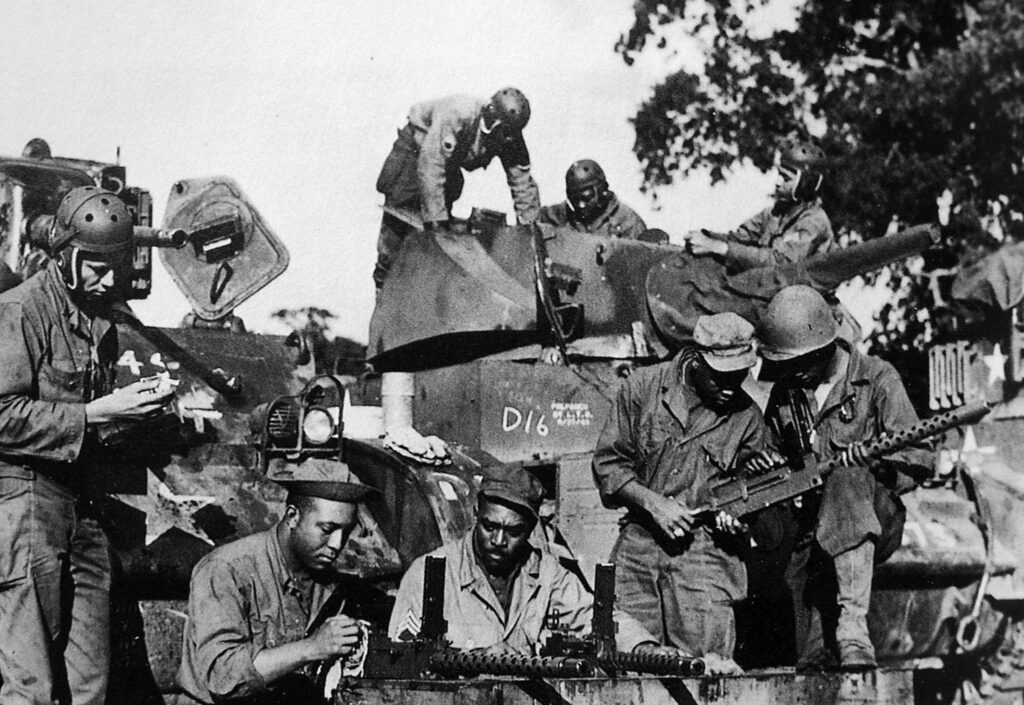

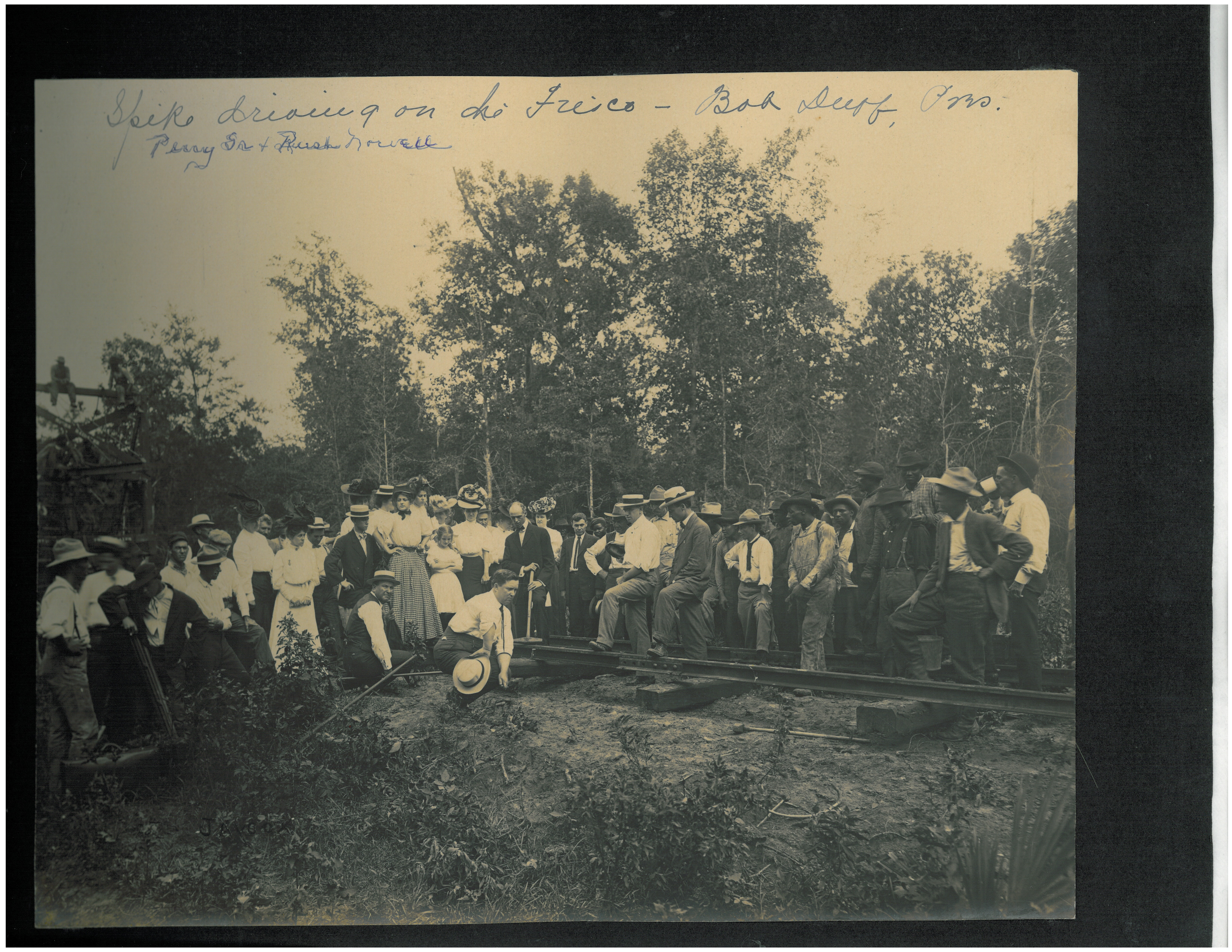
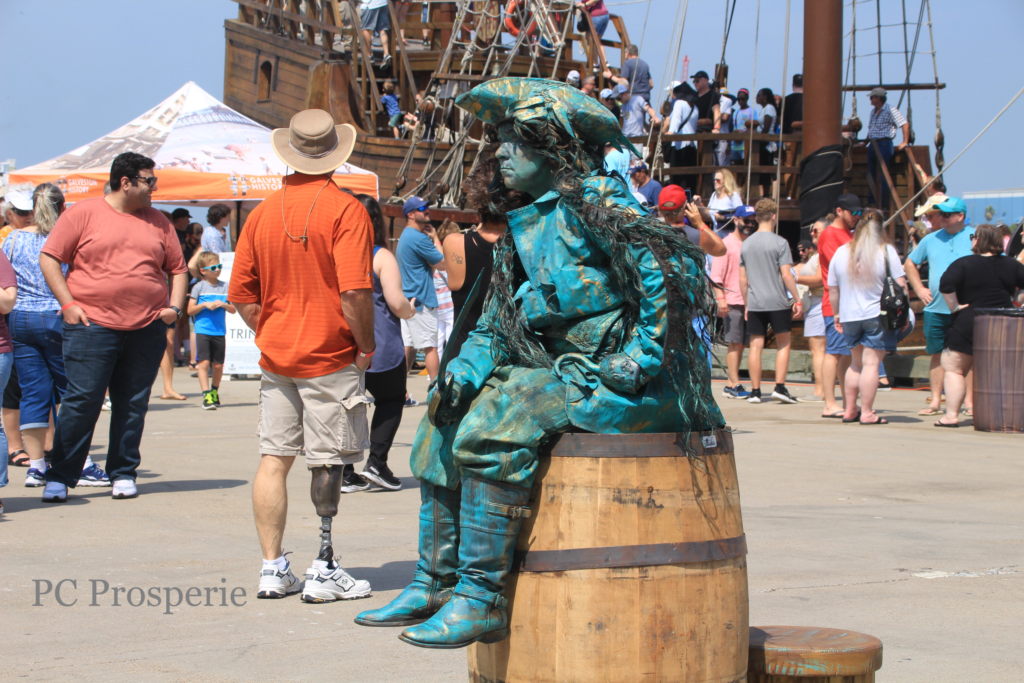

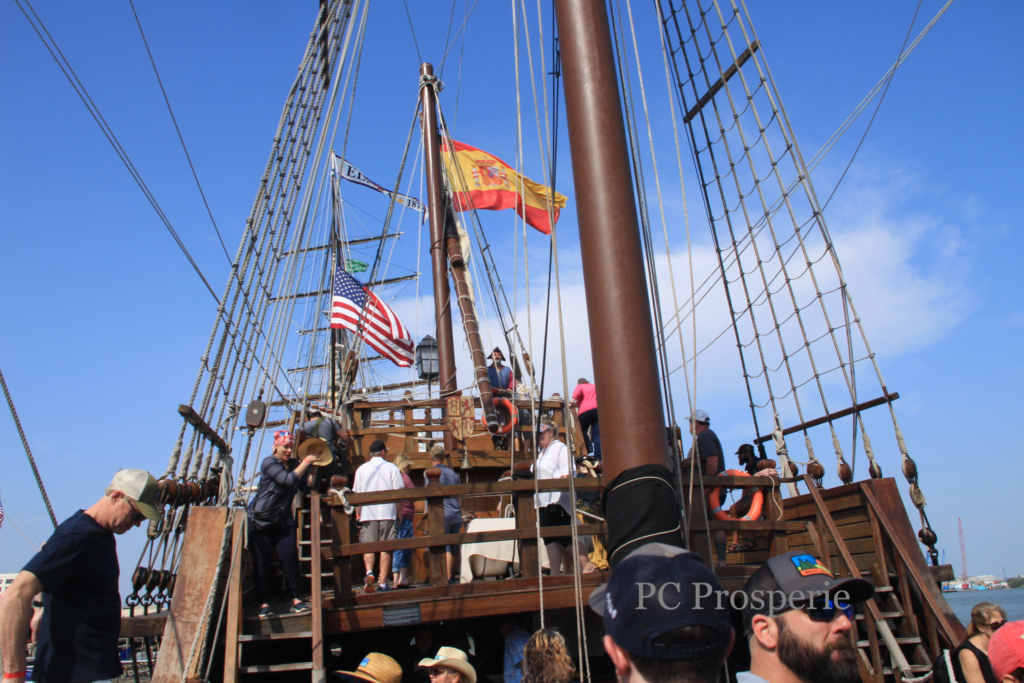

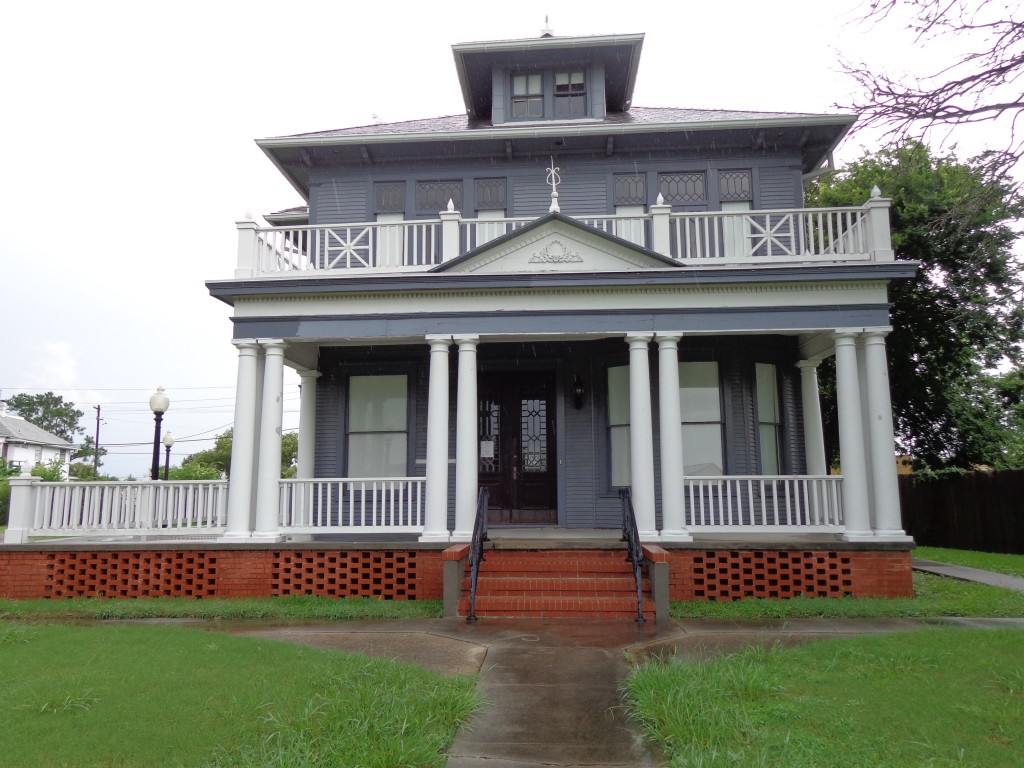

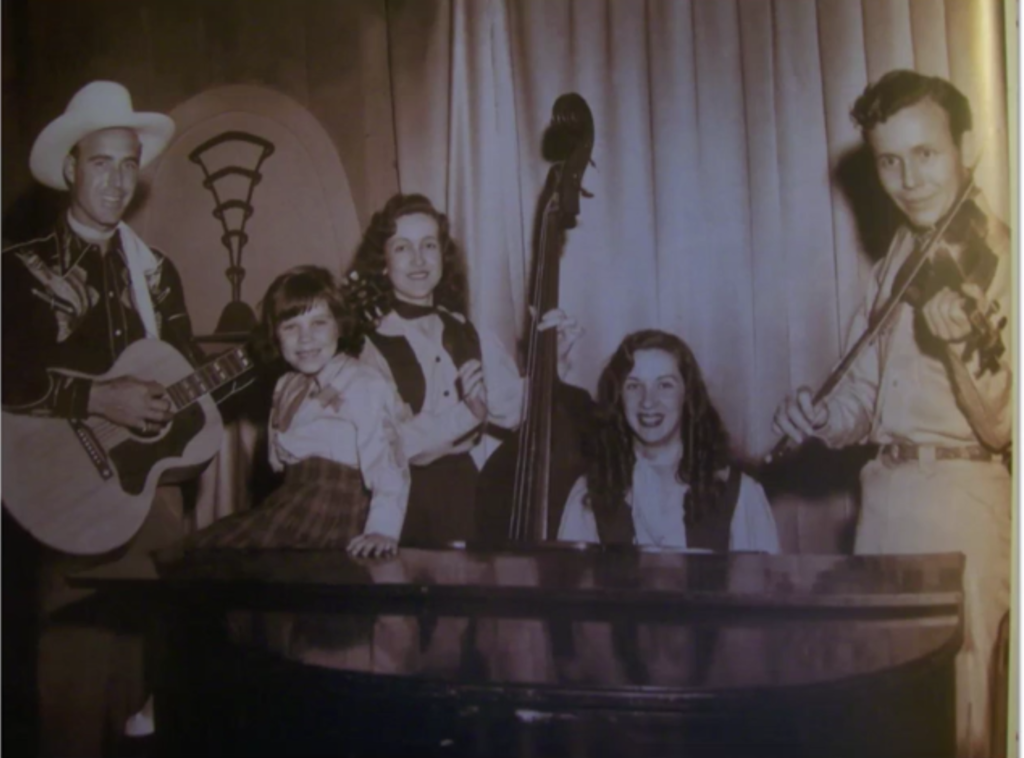
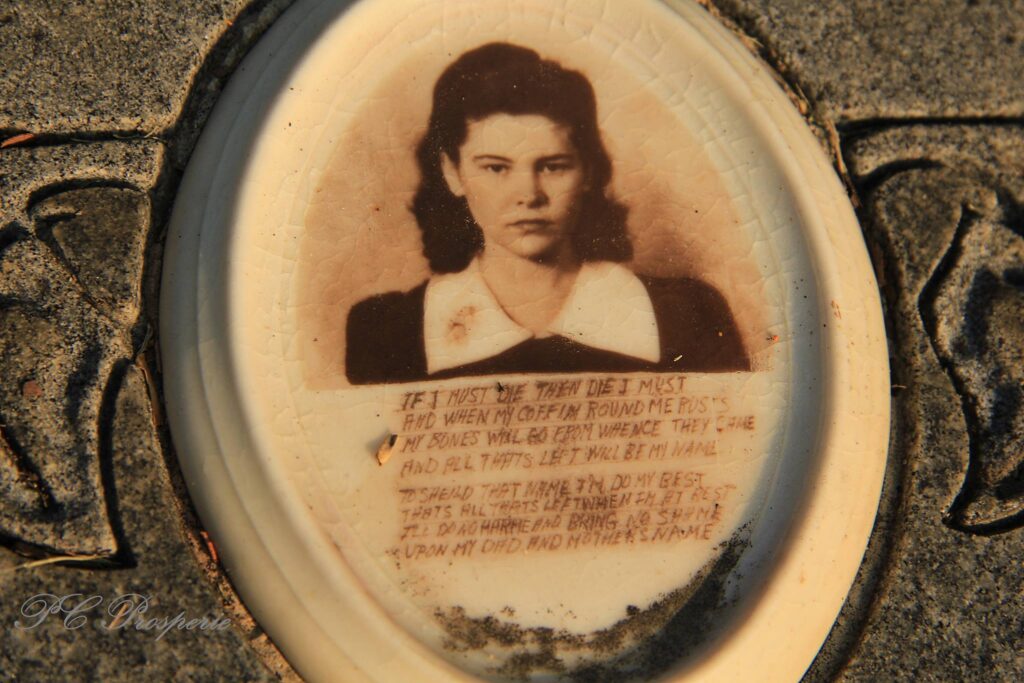
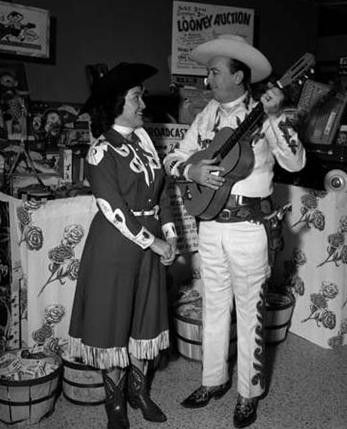
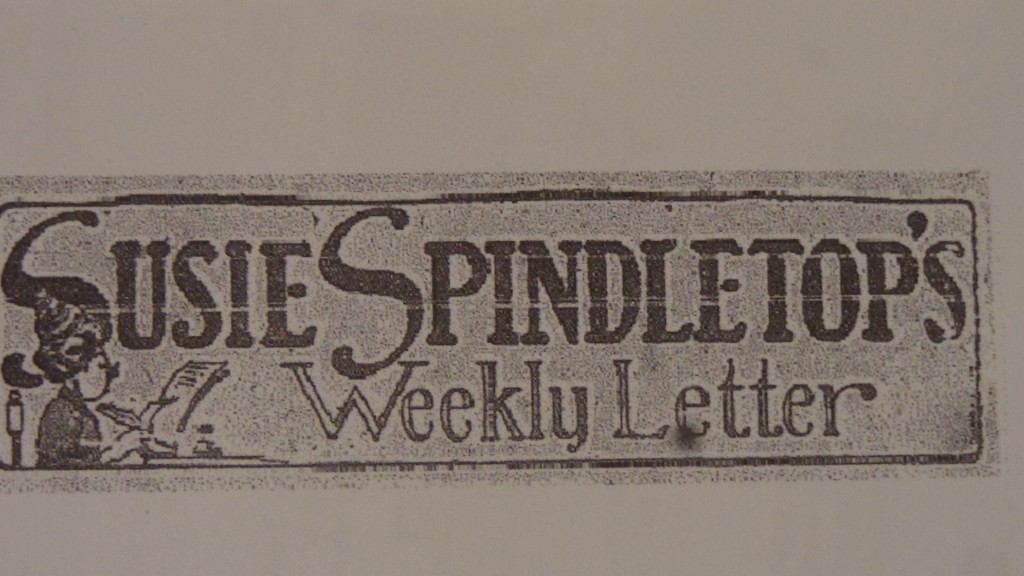




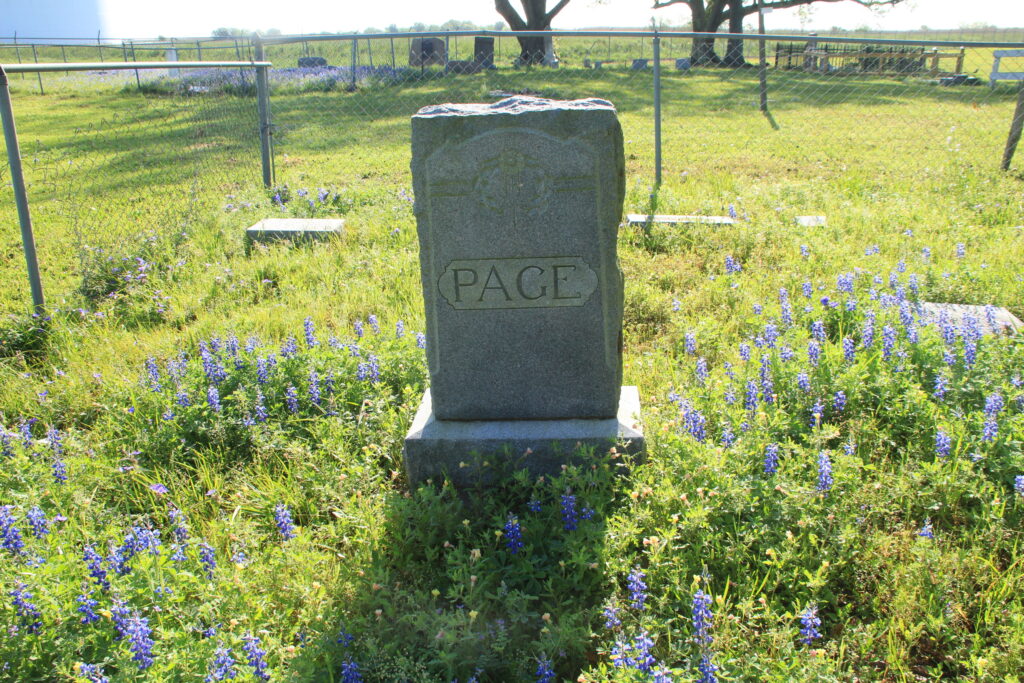




You must be logged in to post a comment.